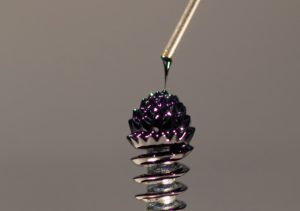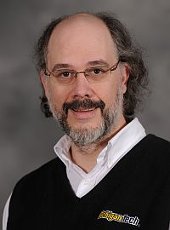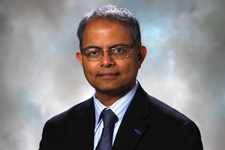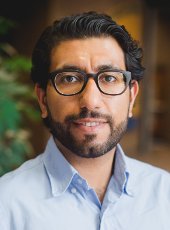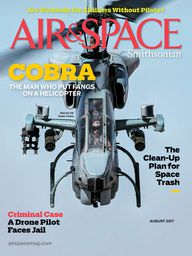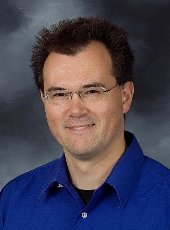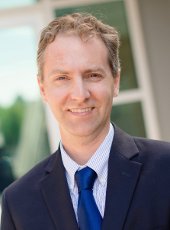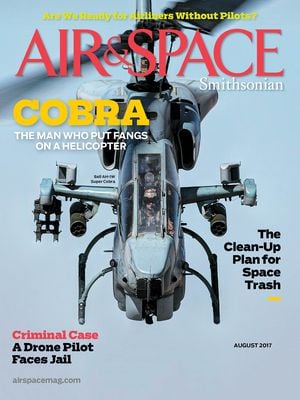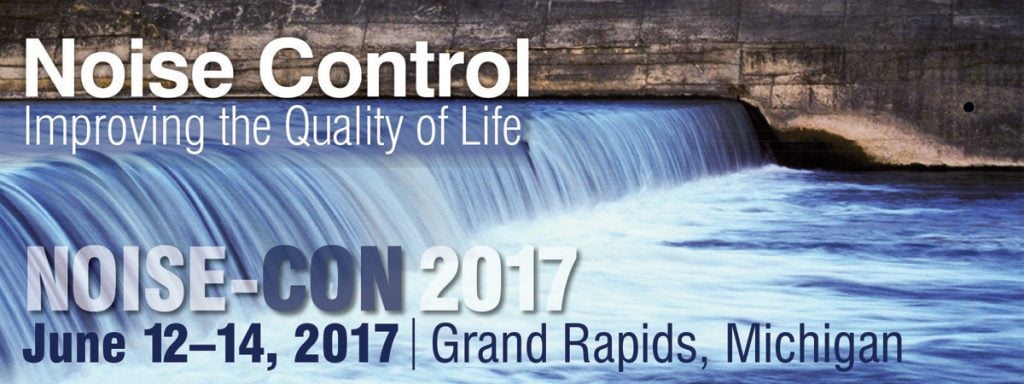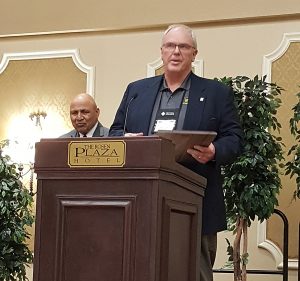
Charles D. Van Karsen is a recipient of the D. J. Demichele Award from the Society for Experimental Mechanics. Van Karsen has been a member of the Michigan Tech Department of Mechanical Engineering – Engineering Mechanics since August 1987. Prior to this he had a twelve year career as a practicing engineer in the Machine Tool, Automotive, and Software industries. He specializes in Experimental Vibro-Acoustics, NVH, and Structural Dynamics. His research efforts have concentrated on experimental noise and vibration methods related to automotive systems and subsystems, large home appliances, machine tools, and off-highway equipment.
This award, established in 1990 in honor of Dominick J. DeMichele (1916-2000), recognizes an individual who has demonstrated “exemplary service and support of promoting the science and educational aspects of modal analysis technology.” This award is presented annually at the International Modal Analysis Conference.
